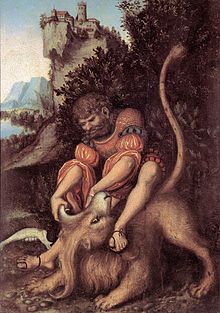Imagine it's 1500 years ago. There's a rumble beneath your feet, and the world begins to tremble. Stones crash down the slope, water sloshes out of containers, your hut collapses around you. What's going on?
You and I know quite a bit about what's going on: plate tectonics provides us with the explanation. But what did ancient people believe?
Imagine that the earth is held up by four elephants, that the elephants are balanced on a turtle, and that the turtle is balanced on a cobra. With this precarious arrangement, it's no wonder there's an occasional tremor. Or what if your island were held up by a giant catfish? Surely he'd manage to wriggle from time to time, causing earthquakes.
Gods battling, baby gods in the womb kicking, gods getting angry, gods stomping, gods suffering flatulence: all were posited by various cultures as the cause of earthquakes.
It was not until the Lisbon quake of 1755 that early scientists noticed there was an epicenter to quakes--but they still guessed wrong about the cause. And not until the 20th century did scientists begin to suspect there was a hot core to the earth and a mantle that might have something to do with earthquakes.
In 1910, Harry Fielding Reid came up with the "elastic rebound" theory of quakes, and that began the modern era.



No comments:
Post a Comment
moderated twice a week, so please be patient!